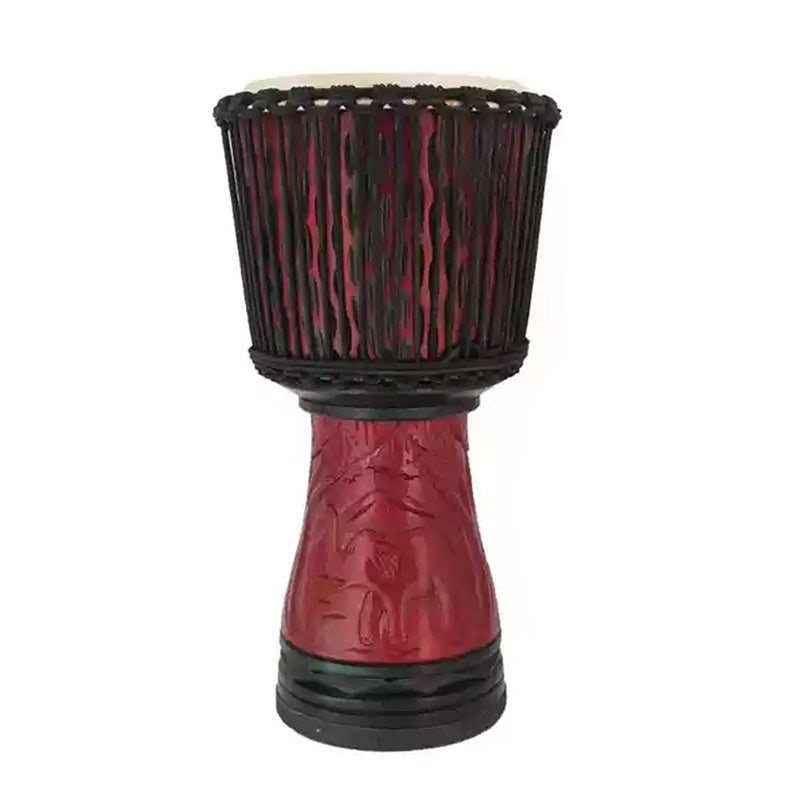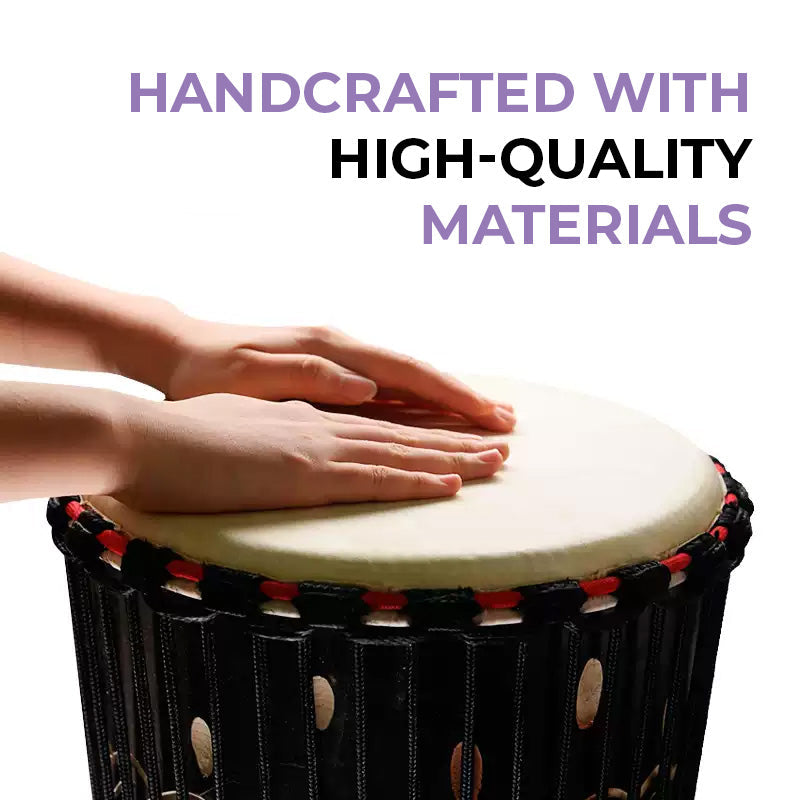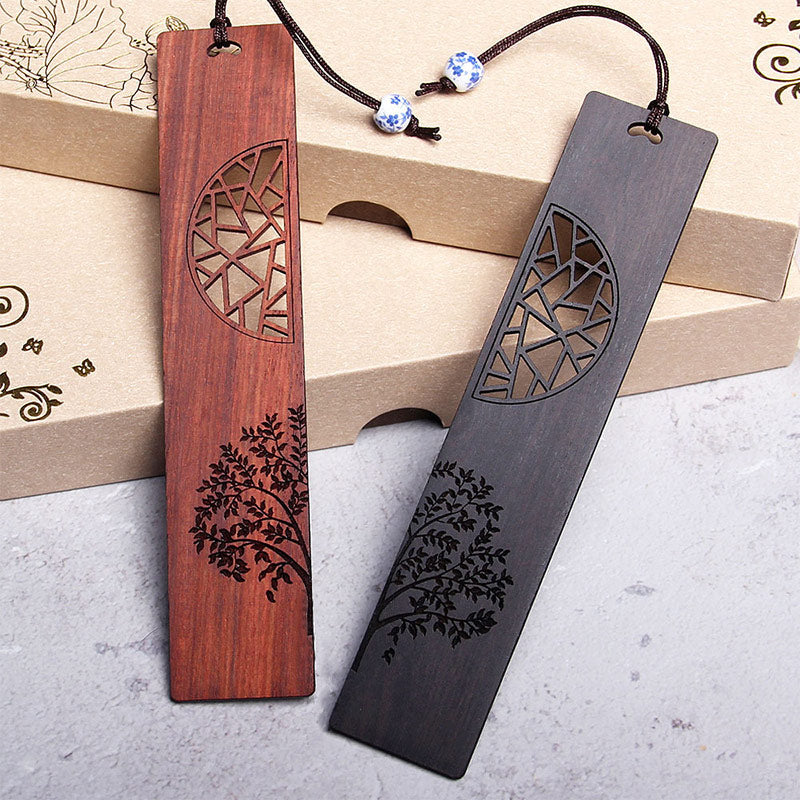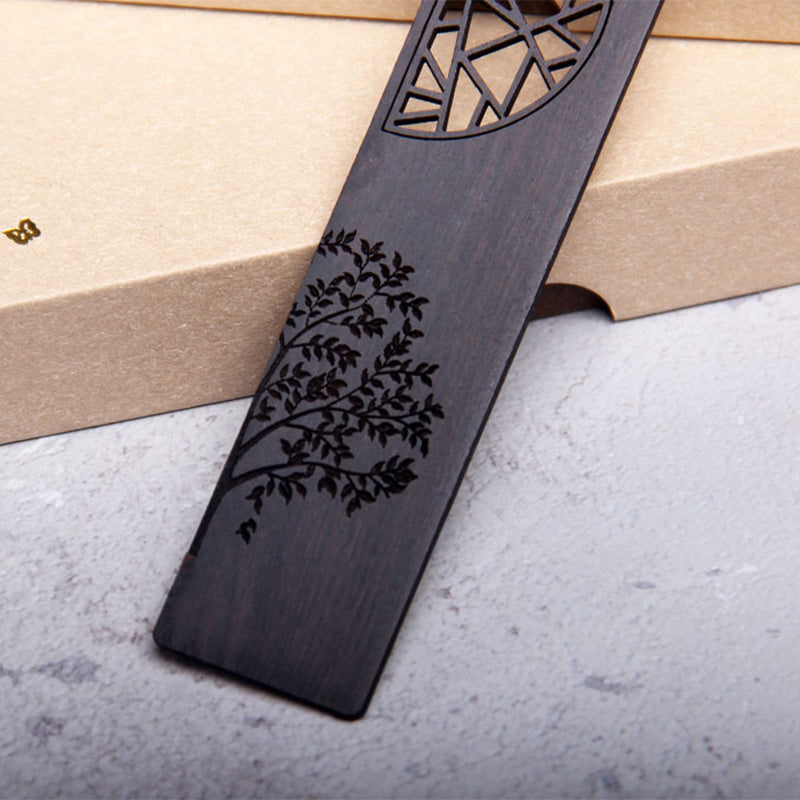In den weiten, sonnendurchfluteten Savannen Afrikas ragt ein bemerkenswerter Riese wachsam am Horizont auf. Mit seinem gewaltigen Stammumfang und Ästen, die einem verschlungenen Wurzelwerk ähneln, das gen Himmel greift, ist der Baobab mehr als nur ein Baum – er ist eine lebende Legende, eine spirituelle Ikone und eine Lebensader für unzählige Gemeinschaften. Dieses uralte Wesen, auch als Baobab-Baum des Lebens bekannt, ist tief in die afrikanische Kultur eingewoben und symbolisiert Stärke, Langlebigkeit und die tiefe Verbindung zwischen Mensch und Natur. Dieser Artikel erkundet die tiefe kulturelle Bedeutung des Baobab und enthüllt seine kraftvolle Symbolik, seine überdauernden Mythen und die lebenserhaltenden Gaben, die er seit Jahrtausenden bietet.
Für diejenigen unter uns, die sich für die tieferen Bedeutungen hinter den Wundern der Natur interessieren, bietet der Baobab eine reiche Weisheit. Seine Geschichte handelt von Widerstandsfähigkeit, Gemeinschaft und Nahrung für Körper und Seele. Tauchen Sie mit uns in die Welt dieses prächtigen Baumes ein und verstehen Sie, warum er den verehrten Titel „Afrikas Baum des Lebens“ verdient hat.
Warum wird der Baobab „Baum des Lebens“ genannt?
Der Titel „Baum des Lebens“ kommt nicht von ungefähr. Der Baobab verdient diesen Namen, weil er in einigen der schwierigsten Umgebungen der Welt eine grundlegende Quelle des Überlebens und des Wohlbefindens ist. Seit Jahrhunderten bietet er Schutz, Nahrung, Wasser und Medizin. Seine Fähigkeit, unter trockenen Bedingungen nicht nur zu überleben, sondern auch zu gedeihen, macht ihn zu einem kraftvollen Symbol für Leben und Widerstandsfähigkeit .
Eine seiner unglaublichsten Eigenschaften ist seine Fähigkeit, Wasser zu speichern. Der massive, faserige Stamm kann Tausende Liter Wasser fassen und dient in langen Trockenzeiten als natürliches Reservoir. Das macht ihn zu einer unverzichtbaren Ressource für Mensch und Tier. Darüber hinaus erfüllt jeder Teil des Baumes einen Zweck, von den nahrhaften Früchten bis zur vielseitigen Rinde. So wird sichergestellt, dass nichts verschwendet wird und das Leben auch bei knappen Ressourcen erhalten bleibt.

Die tief verwurzelte Symbolik des Baobab-Baums
Über seinen praktischen Nutzen hinaus ist die spirituelle Bedeutung des Baobab-Lebensbaums tiefgründig und vielfältig. Er ist ein stiller Lehrer, der uns Kraft, Verbundenheit und uralte Weisheit lehrt. Seine Präsenz in der Landschaft erinnert uns ständig an die beständige Kraft der Natur und die tiefen Wurzeln der Tradition.
Ein Symbol für Widerstandsfähigkeit und Langlebigkeit
Baobab-Bäume gehören zu den ältesten Lebewesen der Erde. Manche Exemplare werden auf über 2.000 Jahre geschätzt. Ihre Widerstandsfähigkeit gegen Dürre, Feuer und Stürme macht sie zu einem Symbol der Widerstandsfähigkeit. Selbst wenn man sie entrindet, überleben sie und bilden neue Schichten, um ihre Wunden zu heilen. Diese unglaubliche Zähigkeit weckt Hoffnung und Durchhaltevermögen und lehrt, dass es möglich ist, Widrigkeiten zu überwinden und weiterzuwachsen.
Der Mittelpunkt der Gemeinschaft und Verbindung
Seit Generationen dient der Schatten des Baobabs als natürlicher Treffpunkt. Er ist Dorfzentrum, Gerichtsgebäude, Marktplatz und Ort der Geschichtenerzählt und Weisheiten weitergegeben. Unter seinen ausladenden Ästen treffen sich Gemeinschaften, werden Streitigkeiten beigelegt und Zeremonien abgehalten. Das macht den Baobab zu einem kraftvollen Symbol für Gemeinschaft, Verbundenheit und Kommunikation . Er erinnert uns daran, wie wichtig es ist, zusammenzukommen und sich gegenseitig zu unterstützen. Er schafft Wurzeln, die eine Gemeinschaft verbinden, so wie die Wurzeln des Baumes ihn in der Erde verankern.

Djembe Afrikanische Handtrommel - Mahagoniholz, Ziegenhaut
$319.90 $479.90
Erleben Sie authentische afrikanische Rhythmen mit dieser handgefertigten Djembe-Trommel, die die kulturellen Wurzeln und den Gemeinschaftsgeist des Baobab ehrt.
Produkt entdeckenMythen und Legenden: Der „umgedrehte Baum“
Einer der reizvollsten Aspekte des Baobabs ist seine Mythologie. Sein einzigartiges Aussehen mit seinen spärlichen, wurzelähnlichen Ästen hat ihm den Spitznamen „Umgedrehter Baum“ eingebracht. Mehrere afrikanische Legenden erklären diese kuriose Form. Ein populärer Mythos erzählt von einer Zeit, als der Baobab zu den ersten Bäumen der Erde gehörte. Stolz auf seine Größe und Schönheit prahlte er unaufhörlich und blickte auf die kleineren Pflanzen herab. Verärgert über seine Eitelkeit entwurzelten die Götter den Baum und steckten ihn kopfüber wieder in die Erde, um ihm Demut beizubringen. Dabei ließen sie seine Wurzeln frei zum Himmel.
Diese Geschichte ist eine kulturelle Lektion über Demut und die Wichtigkeit, alle Lebensformen zu respektieren, unabhängig von ihrer Größe oder Statur. Sie fügt dem ohnehin schon beeindruckenden spirituellen Lebenslauf des Baumes eine Ebene moralischer Weisheit hinzu.
Mehr als ein Symbol: Die praktische Verwendung des Baobab
Die kulturelle Bedeutung des Baobabs ist eng mit seinen praktischen, lebenserhaltenden Eigenschaften verknüpft. Laut der African Wildlife Foundation ist der Baum ein Eckpfeiler der ländlichen Wirtschaft und Ernährung. Er ist eine echte Mehrzweckressource, die die Idee einer ganzheitlichen Versorgung verkörpert.
Nährstoffe aus der Baobab-Frucht
Die Frucht des Affenbrotbaums ist vielleicht sein berühmtestes Geschenk. Umhüllt von einer harten, samtigen Schale ist das trockene Fruchtfleisch ein wahres Kraftpaket an Nährstoffen. Es ist außergewöhnlich reich an Vitamin C, Antioxidantien, Kalzium und Kalium. Das Fruchtfleisch kann frisch gegessen, mit Wasser zu einem erfrischenden Getränk vermischt oder zu Pulver gemahlen und Speisen hinzugefügt werden. Diese „Superfrucht“ ist seit Jahrhunderten eine wichtige Nährstoffquelle, insbesondere in Zeiten, in denen andere Nahrungsmittel knapp sind.

Von der Rinde zum Schutz: Eine vielseitige Ressource
Die Gaben des Baobabs beschränken sich nicht auf seine Früchte. Die faserige Rinde wird nachhaltig geerntet, um daraus Seile, Körbe, Stoffe und sogar wasserdichte Hüte herzustellen. Die Blätter können in der traditionellen Medizin zur Behandlung verschiedener Beschwerden verwendet werden, und aus den Samen lässt sich ein reichhaltiges Öl gewinnen, das zum Kochen oder für Kosmetika verwendet wird. In manchen Fällen wurden die natürlich ausgehöhlten Stämme uralter Baobabs als Behausungen, Unterkünfte oder sogar Gräber genutzt, was seine Rolle als Beschützer und Versorger unterstreicht.
Umfassen Sie die Symbolik des Lebensbaums
$24.90
$35.90
Tragen Sie die Verbundenheit des Lebensbaums an Ihrem Handgelenk, inspiriert vom ikonischen afrikanischen Affenbrotbaum und seiner Bedeutung der Einheit. Mehr erfahren ➔
$24.90
$35.90
Markieren Sie Ihre spirituelle Reise mit diesem aus Holz geschnitzten Lesezeichen in Form eines Lebensbaums, der die Weisheit und Wurzeln des Affenbrotbaums in der afrikanischen Symbolik widerspiegelt. Mehr erfahren ➔
Ein Vermächtnis des Lebens
Der Baobab ist weit mehr als eine botanische Kuriosität; er ist ein lebendiges Denkmal für die dauerhafte Verbindung von Natur und Kultur. Als Afrikas Lebensbaum lehrt er uns Widerstandsfähigkeit in Not, die Bedeutung von Gemeinschaft und die Schönheit, für andere zu sorgen. Seine uralte Präsenz erinnert uns daran, unsere Wurzeln zu ehren, die Weisheit der Natur zu respektieren und Kraft in unseren Verbindungen zur Welt um uns herum zu finden. Wenn wir seine Geschichte verstehen, können wir uns von seiner stillen Kraft inspirieren lassen und seine Lehren über Leben, Einheit und Stärke auf unsere eigenen spirituellen Reisen mitnehmen.
Häufig gestellte Fragen zum Baobab-Baum des Lebens
Der Baobab wird auch „Baum des Lebens“ genannt, weil er in den afrikanischen Savannen lebenswichtige Ressourcen liefert. Sein massiver Stamm speichert Tausende Liter Wasser, seine Früchte liefern nährstoffreiche Nahrung, seine Rinde liefert Fasern für Stoffe und Seile und seine Blätter werden in der traditionellen Medizin verwendet. Damit ist er ein umfassendes Lebenserhaltungssystem für die Bevölkerung.
Baobab-Bäume symbolisieren eine Fülle kraftvoller Konzepte, darunter Leben, Stärke, Widerstandsfähigkeit, Langlebigkeit und Weisheit . Sie stehen auch für Gemeinschaft und Verbundenheit, da ihr Schatten traditionell als zentraler Treffpunkt für Dörfer diente, um Kontakte zu knüpfen und Wissen auszutauschen.
Baobab-Bäume zeichnen sich durch ihre unglaubliche Langlebigkeit (sie können Tausende von Jahren alt werden), ihre enorme Größe, ihr einzigartiges „auf dem Kopf stehendes“ Aussehen und ihre wichtige Rolle in der Ökologie und der afrikanischen Kultur aus. Sie sind eine Schlüsselart, die ganze Ökosysteme und menschliche Gemeinschaften gleichermaßen unterstützt.
Ein beliebter afrikanischer Mythos erklärt das „verkehrte“ Aussehen des Baobabs. Die Geschichte besagt, dass der Baum prahlerisch war und die Götter ihn entwurzelten, um ihm eine Lektion in Demut zu erteilen, und ihn mit den Wurzeln in den Himmel streckend wieder in die Erde pflanzten.
Fast jeder Teil des Baobab-Baums wird genutzt. Das Fruchtfleisch ist eine nahrhafte Nahrungsquelle, die Samen werden zu Öl gepresst, aus der Rinde werden robuste Fasern für Seile und Kleidung hergestellt, die Blätter finden in der traditionellen Medizin Verwendung und der hohle Stamm bietet Schutz oder kann Wasser speichern.







